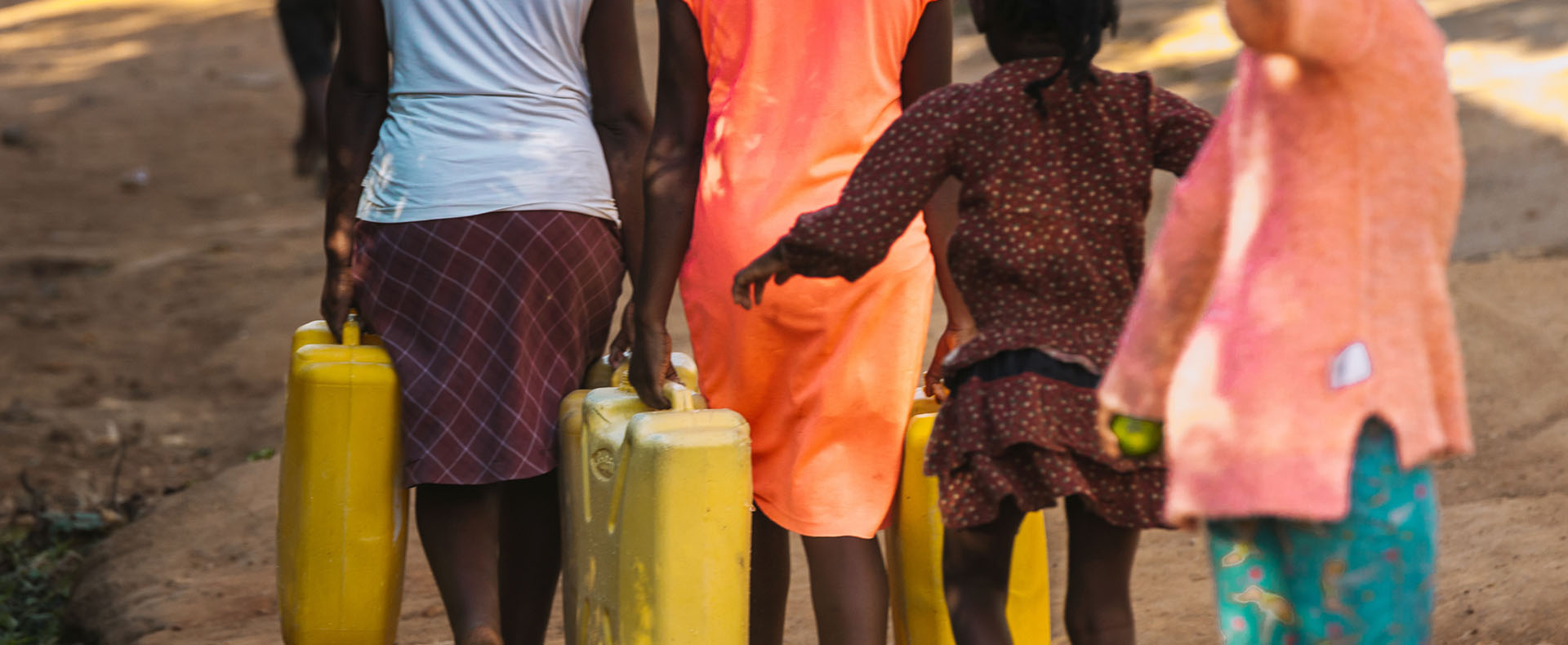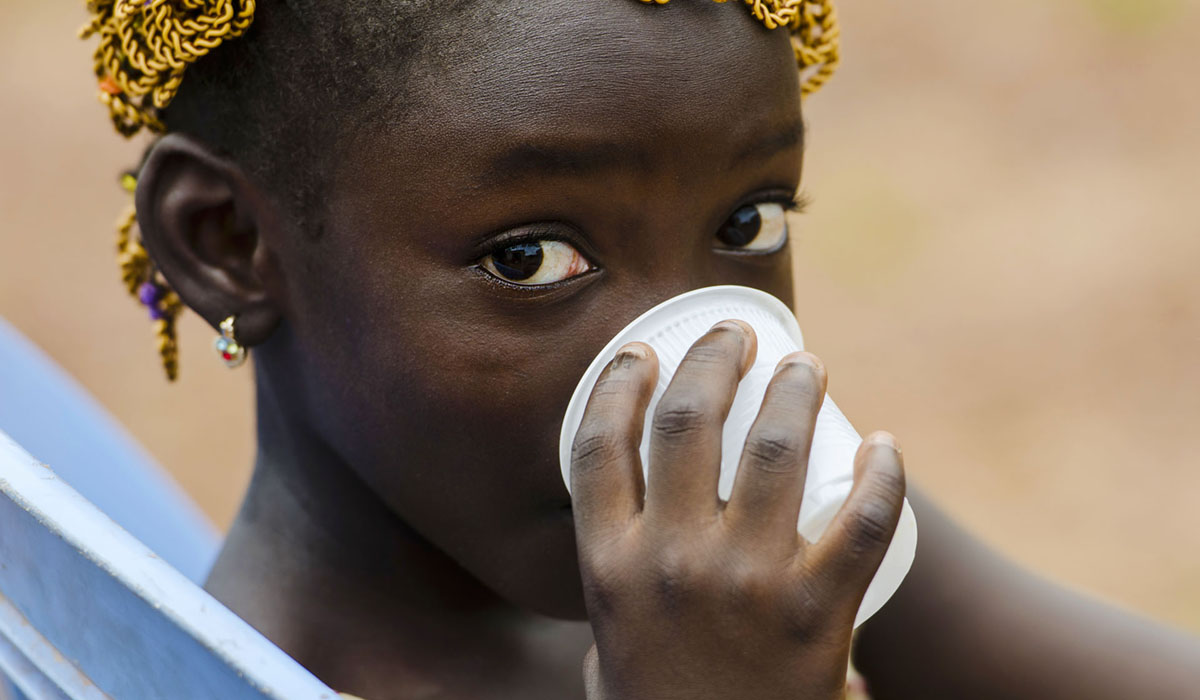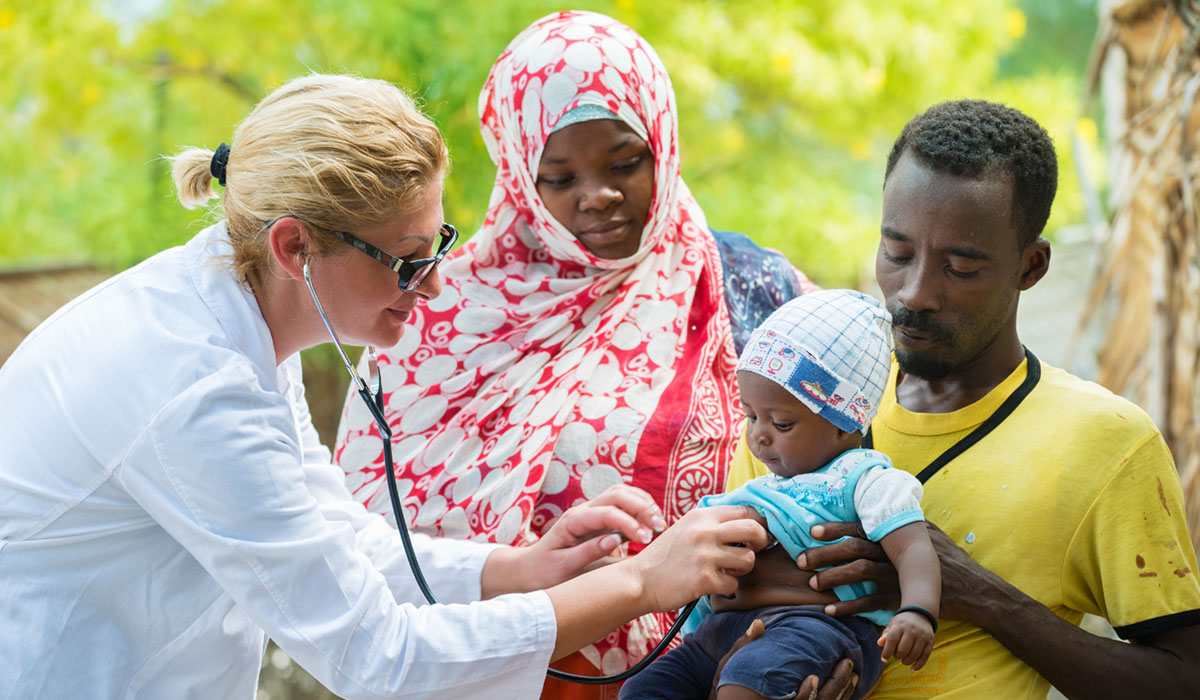
Safe and readily available water is important for public health, whether it is used for drinking, domestic use, food production, or recreational purposes. Improved water supply and sanitation, and better management of water resources, can boost countries’ economic growth and can contribute greatly to poverty reduction.
The Millennium Development Goal (MDG 7) on drinking-water was met globally in 2010. The target was to halve the proportion of the world’s population without sustainable access to safe water. Despite these gains, millions of people still lack sustainable access to safe water for personal and domestic use. Unfortunately, 19 of the 25 countries globally with the least access to safe water are African and they dominate the top 50 countries with highest child mortality.
Here are some facts from the World Health Organization’s Africa office to put the situation into perspective:
Contaminated water and poor sanitation are linked to transmission of diseases such as cholera, diarrhoea, dysentery, hepatitis A, typhoid and polio. Absent, inadequate, or inappropriately managed water and sanitation services expose individuals to preventable health risks. This is particularly the case in health care facilities where both patients and staff are placed at additional risk of infection and disease when water, sanitation and hygiene services are lacking. Globally, 15% of patients develop an infection during a hospital stay, with the proportion much greater in low-income countries.
Inadequate management of urban, industrial and agricultural wastewater means the drinking-water of hundreds of millions of people is dangerously contaminated or chemically polluted.


Some 842,000 people are estimated to die each year from diarrhoea as a result of unsafe drinking-water, sanitation and hand hygiene. But diarrhoea is largely preventable, and the deaths of 361,000 children aged under 5 each year could be avoided each year if these risk factors were addressed. Where water is not readily available, people may decide handwashing is not a priority, thereby adding to the likelihood of diarrhoea and other diseases.
Diarrhoea is the most widely known disease linked to contaminated food and water but there are other hazards. Almost 240 million people are affected by schistosomiasis – an acute and chronic disease caused by parasitic worms contracted through exposure to infested water.
In many parts of the world, insects that live or breed in water carry and transmit diseases such as dengue fever. Some of these insects, known as vectors, breed in clean, rather than dirty water, and household drinking-water containers can serve as breeding grounds. The simple intervention of covering water storage containers can reduce vector breeding and may also have a co-benefit of reducing faecal contamination of water at the household level.
Unfortunately, 19 of the 25 countries globally with the least access to safe water are African and they dominate the top 50 countries with highest child mortality.
– World Health Organization
Where water is not available on premises & has to be fetched, women and girls are about two and a half times more likely than men or boys to be main water carriers for families. It is estimated that women in low-income countries spend 40 billion hours annually fetching & carrying water from sources that may not even provide clean water.
When water comes from improved and more accessible sources, people spend less time and effort in physically collecting it, meaning they can be productive in other ways. It can also result in greater personal safety by reducing the need to make long or risky journeys to collect water. Better water sources also mean less expenditure on health, as people are less likely to fall ill and incur medical costs, and are better able to remain economically productive.
With children particularly at risk from water-related diseases, access to improved sources of water can result in better health and therefore better school attendance, with longer-term consequences for their lives.
LightWaterLife’s clean drinking water system utilizes a Sawyer® water filter that attains the highest level of filtration available today. The filter system can instantly turn dirty water into crystal clear drinking water.
The filters are comprised of tiny “U” shaped micro tubes that allow water to enter into their core through tiny micro pores. The PointOne Filter pores are so small (0.1 micron absolute) that no bacteria, protozoa, or cysts like E. coli, cholera or typhoid, can get through. At 7 log (99.99999%) the filter attains the highest level of filtration available today and still has a very high flow rate due to the large amount of tubes. Each filter is certified for ABSOLUTE microns. That means there will be no pore size larger than 0.1 microns in the biological filter. Simply put, it is impossible for bacteria to pass through the 0.1 micron filter. The system can filter over 100,000 gallons (or about ten years).
Source: World Health Organization

